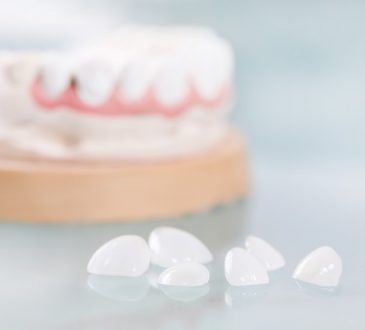
Nothing can be hidden through dental X-rays. These are the most effective and accurate diagnostic tools that help dentists detect oral pathologies. These imaging tests avoid unwanted errors that could impair your treatment plan.
Dentist in Streamwood, Illinois, offers all forms of dental X-rays for a definite diagnosis that pave the way for a successful treatment.
Understanding dental X-rays
Dental X-rays, also known as radiographs, are internal images of your teeth and jaws. These are excellent diagnostic tools that aid in examining the structures that are not visible during a routine checkup. These include the pulp, roots, alveolar bone, and the sinus cavity.
Dental X-rays use electromagnetic radiation to capture images of your oral cavity and the surrounding structures. These radiation beams effectively penetrate your soft tissues and create images of the teeth and bone.
Dental X-rays go beyond the naked eye
Dental X-rays can help diagnose a wide range of oral problems, such as:
- Dental caries, especially if the infection involves small areas between the teeth (interdental)
- Secondary caries beneath existing restorations
- Bone loss in your jaw
- Specific areas of infection
- The exact position of the third molars and impaction (a condition when the third molar is unerupted or partially erupted)
- Tooth abscess (pus-filled pocket)
- Cysts (fluid-filled sacs) and tumors (abnormal tissue growth)
Dental X-rays also help determine your eligibility for treatments like dental implants, dentures, and orthodontic braces. Furthermore, dentists can use X-rays to assess the healing process and outcome of dental procedures like bone grafting and root canal therapy.
Classification of dental X-rays
Dental X-rays can be classified into the following categories:
- Intraoral X-rays (the X-ray film is inside the mouth)
- Bitewing
- Periapical
- occlusal
- Extraoral X-rays (the X-ray film outside the mouth)
- Panoramic
- Cephalometric
- Cone beam CT scan
Exposure to dental X-rays
Dental X-rays produce a low level of radiation and are considered safe. The amount of radiation exposure due to a full mouth X-ray is equal to the amount that you may receive in a single day from other sources like smartphones, TV, or computer screens. However, dentists take necessary precautions to limit your exposure to radiation during dental X-rays through:
- Lead aprons that shield your body
- Modern and fast films to cut down the exposure time
The frequency of dental X-rays depends on your individual condition. Dental X-rays are considered mandatory based on your medical and dental history, oral examination, symptoms, age considerations, and risk factors for the disease.
Remember…
Dental X-rays are essential diagnostic tools for proper oral health and maintenance. These are safe and effective and pave the way for an accurate diagnosis of dental problems. Discuss with your dentist the necessary precautionary measures to prevent overexposure!




